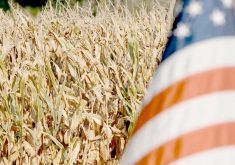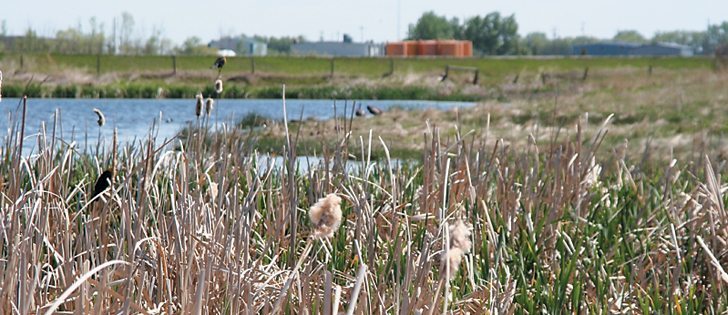Bulls provide half the genetic value of a herd, which means producers can improve the growth and value of their subsequent calf crop by investing in superior bulls.
However, they need to properly manage these animals to achieve optimum performance.
The bull-to-cow ratio varies greatly. Younger yearlings need to run with about 15 cows to make sure they are capable. This won’t burn them out and will allow them to grow so they can be used more often as two year olds.
The capacity of a bull also depends on the size, quality and terrain of pasture, the bull’s ability to walk and whether some cows were previously artificially inseminated.
Read Also

Manitoba extends Crown land rent freeze
Manitoba government links the continued rental rate freeze on grazing and forage leases to economic and environmental challenges facing the industry
Bulls should be evaluated yearly for probable serving capacity. The results of the semen evaluation and scrotal size will provide valuable information to help producers make subsequent decisions.
Producers are running too many bulls or too few cows if a cow is serviced by two bulls. As well, bulls in close proximity may fight and injure each other.
Bulls are especially vulnerable to damaging their penis when mounting and breeding cows.
I believe in using multiple sire groups with bulls of varied ages. Young yearling bulls will start by breeding cows on the periphery of the herd. The significant size difference between yearlings, two-year- olds and mature bulls creates a pecking order that generally keeps fighting to a minimum.
Multiple sire herds have the advantage that if one bull goes down, others can pick up the slack. The disadvantage is if the dominant bull has poor semen, it may prevent the others from breeding and hinder conception rates.
Most purebred breeders have single sire herds. In this scenario, the open cow percentage can be high if the bull develops problems such as a cut penis or degenerated testicles and the problem goes undetected.
I know of several cases where bulls with scarred penises from previous cuts were not semen tested before breeding season and the result was a 100 percent open rate.
For cleanup, even purebred herds can run bulls together and the offspring can then undergo parentage tests to determine the correct sire for registration. DNA testing is easy to do.
A myth about breeding bulls is that treatment with antibiotics damages sperm.
The real cause of sperm damage is the severity of the ailment coupled with an increased temperature. The quicker an ailment is treated and a fever kept from developing, the better. Ancillary products such as steroids have been proven to be detrimental so avoid these if possible. Drastic treatment should be overseen by the herd veterinarian.
When producers check bulls at pasture, they should find them with the cows. If they are not, something is wrong. Look at the prepuce area for signs of swelling that could indicate a problem.
Lameness can hinder a bull’s breeding performance. Be especially vigilant of the feet and legs before breeding season.
Breeding bulls need to be vaccinated for foot rot and have their hoofs trimmed. These two preventive measures will go a long way to avoiding down time during the breeding season.
A lame bull in the middle of breeding season does producers no good. The three biggest causes of missed breeding days are injury from fighting, penile injuries and lameness, although not necessarily in that order.
Managing bulls during the off season also deserves attention.
Breeding bulls need lots of room because it reduces fighting and promotes exercise, keeping bulls fitter and their feet healthier. Housing them away from cows will keep them quieter, which also reduces fighting.
A good forage diet at two percent body weight daily should be all bulls need. Many producers think they should provide grain, but in many instances that leads to fat bulls that lack stamina.
Also, fat in the scrotum insulates the testicles, which results in poor temperature regulation and poor quality sperm.
Bulls that are too fat need to lose weight before breeding, which is why many show champions are poor breeders early in the breeding season.
During the winter, make sure bulls have protection from wind, such as bush or even a portable porosity fence. Often in spring we see evidence of wind chill with herd sires having badly frozen testicles. This can result in permanent sterility in some cases.
Standard mineral supplementation is required. Bulls need vitamin A for optimal semen production.
Bulls should receive the same shots as cows with the exception of scours vaccinations. An ideal time for vaccination is semen checking, when the bull is restrained. This is just before the breeding season when protection for the cows is paramount.
Also, a pour-on endectocide for internal and external parasites should be mandatory. Bulls always have a higher proportion of horn and face flies, so treatment at turnout for breeding with a product such as Cylence is also a good idea.
When buying breeding stock, start with virgin bulls from purebred breeders. This greatly improves genetic gain and avoids bringing in venereal diseases such as trichomoniasis. Avoid used or rental bulls for that reason.














